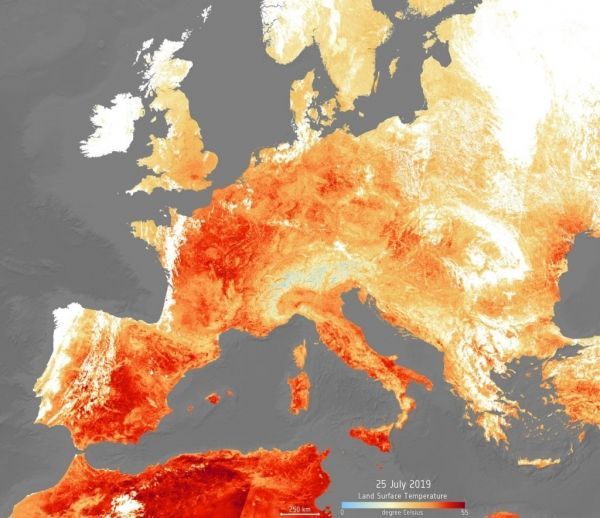Temperatures in Europe have hit record highs this summer, passing 46.0 degrees Celsius (114.8 degrees Fahrenheit) in southern France. New research in the AGU journal Geophysical Research Letters finds the number of summer days with extreme heat has tripled since 1950 and summers have become hotter overall, while the number of winter days with extreme cold decreased in frequency by at least half and winters have become warmer overall. The new study finds parts of Europe are warming faster than climate models project.
“Even at this regional scale over Europe, we can see that these trends are much larger than what we would expect from natural variability. That’s really a signal from climate change,” said Ruth Lorenz, a climate scientist at the Swiss Federal Institute of Technology in Zurich, Switzerland, and lead author of the new study.
Extreme heat is dangerous because it stresses the human body, potentially leading to heat exhaustion or heat stroke. Scientists knew climate change was warming Europe, but they mostly studied long-term changes in extreme temperatures. The new study looked at observational data to evaluate whether the climate models used for regional projections can reproduce observed trends.
Continue reading at American Geophysical Union
Image via European Space Agency


